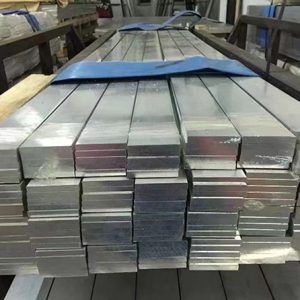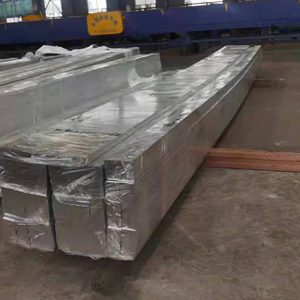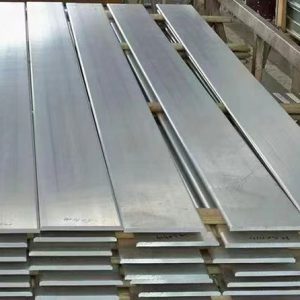6101 aluminum flat bus bars are high-strength conductive material with a conductivity of 55% IACS.
Features of 6101 aluminum flat bus bars
High Electrical Conductivity: 6101 aluminum alloy offers excellent electrical conductivity, making it efficient for carrying electrical current. This feature is crucial in power distribution systems where low electrical resistance is desired to minimize energy losses.
Corrosion Resistance: 6101 aluminum has good resistance to corrosion. This property helps ensure the longevity and reliability of the bus bars, especially in outdoor or high-humidity environments.
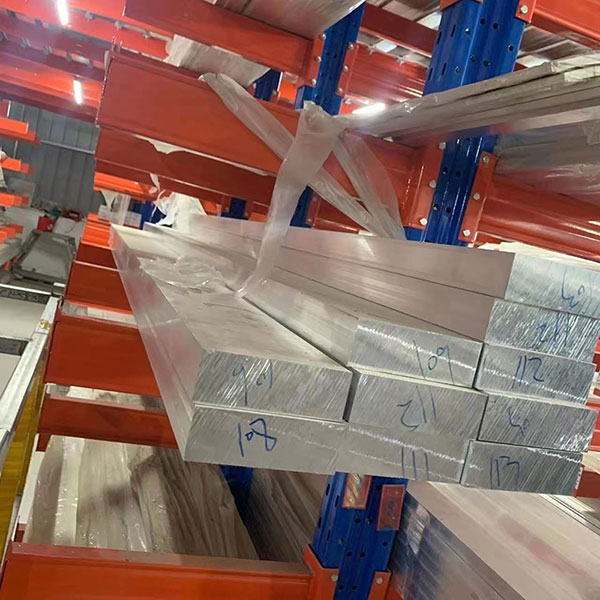
Lightweight: Aluminum is significantly lighter than copper, which makes 6101 aluminum flat bus bars easier to handle and install. This can be advantageous in applications where weight reduction is a concern.
Formability: Aluminum flat bus bars made from 6101 alloy can be easily fabricated into various shapes and sizes, including flat bars, to suit specific installation requirements.
Heat Resistance: While not as heat-resistant as some other alloys, 6101 aluminum alloy has decent thermal properties, allowing it to handle typical temperature variations encountered in electrical systems.
Weldability: 6101 aluminum can be welded using common methods such as TIG (Tungsten Inert Gas) or MIG (Metal Inert Gas) welding. This facilitates the assembly and modification of bus bar systems.
Cost-Effective: Aluminum is generally more cost-effective than copper, making 6101 aluminum flat bus bars an attractive choice for applications where cost savings are important.
Conductivity Retention: Aluminum bus bars made from 6101 alloy maintain their high electrical conductivity over time, reducing the need for maintenance and ensuring consistent performance.
Compatibility: 6101 aluminum flat bus bars are compatible with various electrical components, connectors, and insulation materials commonly used in electrical systems.
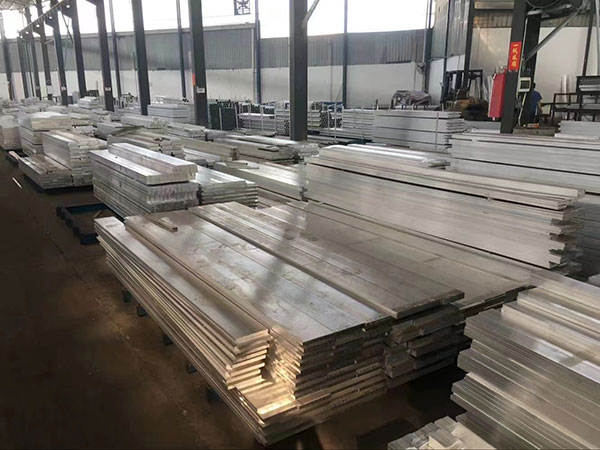
Application of 6101 aluminum flat bus bar
Electrical Panels and Switchgear: Flat bus bars are frequently used in electrical distribution panels, switchgear, and distribution boards to distribute electrical power to various circuits and components within a building or industrial facility.
Power Substations: Aluminum flat bus bars are employed in power substations to carry high-current loads and distribute electricity from transformers to outgoing feeders.
Power Distribution Systems: They are used in power distribution systems within manufacturing plants, industrial facilities, and utility substations to distribute electricity to equipment, machinery, and other electrical loads.
Alternative Energy Systems: In renewable energy applications like solar power and wind energy systems, aluminum flat bus bars can be used to transmit electricity generated by solar panels or wind turbines to the grid or storage systems.
Data Centers: Data centers require efficient power distribution to numerous servers and networking equipment. Aluminum flat bus bars help manage power distribution within data centers.
Electroplating and Anodizing: In electroplating and anodizing processes, where precise electrical connections are required, 6101 aluminum flat bus bars are used to carry electrical current to achieve the desired surface finishes on metals.
Battery Banks: In large-scale battery banks used for backup power or energy storage applications, flat bus bars are used to connect batteries and distribute power.
Electric Vehicle (EV) Charging Stations: Aluminum flat bus bars can be found in EV charging stations, facilitating the transfer of electricity from the grid to the vehicle’s battery.
Railway Systems: In railway electrification systems, aluminum flat bus bars may be used to supply power to electric trains and light rail systems.
Telecommunications: Telecommunications equipment, such as cellular base stations and data centers, may use aluminum flat bus bars for power distribution and grounding.
Power Electronics: In high-power electronics applications like motor drives, inverters, and rectifiers, flat bus bars help efficiently carry current and manage heat generated by power devices.
Renewable Energy Grid Integration: In renewable energy farms, such as wind farms and solar installations, aluminum flat bus bars can connect multiple arrays or turbines to a central inverter for grid integration.
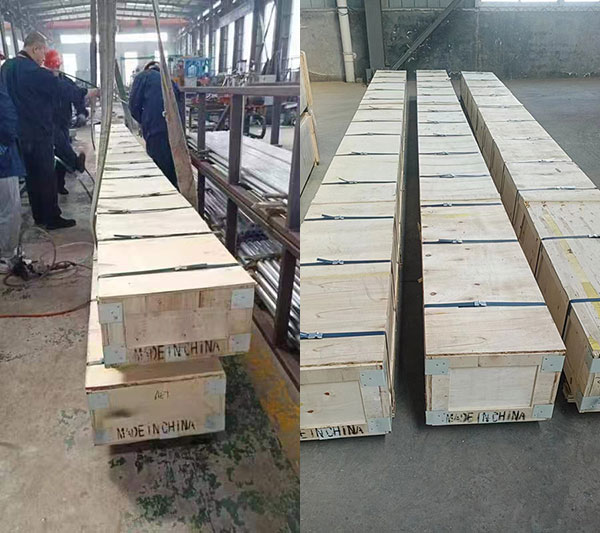
Industrial Machinery: Large industrial machines often require efficient power distribution. Aluminum flat bus bars help transmit power within these machines.
Aerospace and Aviation: In aircraft and aerospace applications, lightweight yet high-conductivity materials like 6101 aluminum are used in electrical systems and components.
Hybrid Power Systems: In hybrid power systems combining different energy sources, flat bus bars are used to manage the flow of electricity between sources like diesel generators and solar panels.


